Carlisle City Council
The Cumbria Resilience Forum (CRF) developed a Delivery Plan to address its capability needs; improve responsiveness and build resilience across the Partnership.
The Plan identified improvements that could be realised through digital tools. The CRF has elected to develop a Multi-Agency Information Cell (MAIC) which will utilise a range of digital tools to maximise the flow of information and support strategic decision-making.
This fund will enable the development of the MAIC and the iterative development of digital tools for use in the cell. These include:
- ResilienceDirect and ResilienceDirect Mapping during the response phase to establish a clear plan of action.
- A ‘Person at Risk Database’, protecting known vulnerable people.
- Virtual Operations Support (VOST), an innovatively effective and efficient use of social media and other online tools.
- Sahana Eden as a key tool for welfare planning and volunteering. This would be a beneficial tool during response and recovery.
- An Emergency Communications Directory.
The fund will allow us to accelerate these developments and ensure the integration into the CRF planning framework.
The funding will also enable the partnership to create a programme of development, testing, exercising, building the capabilities in the new shared tools across the public sector.
Discovery evidence
Following the 2015 Desmond Flood Event, the CRF developed a Delivery Plan to address its capability needs; improve responsiveness and build resilience across the partnership.
. Key issues identified:
- A need to provide better situational awareness for incident commanders by gathering geo data, text, pictures, video, or a combination of these media from the public.
- A need to improve:
- The gathering and presentation of real time information to commanders for decision-making.
- Distribution of key safety messages during a major incident or emergency.
- Counter misinformation published in social media.
Working groups identified potential solutions to these issues:
- Utilising ResilienceDirect Mapping (Accessed through ResilienceDirect Login) during the response phase.
- A ‘Persons at Risk Database’ – evidence from Dumfries and Galloway Local Resilience Partnership.
- VOST evidence from Dumfries and Galloway Local Resilience Partnership.
- A need to improve the Emergency Communications Directory, currently the directory is a pdf report from a database.
- Sahana Eden evidence. https://sahanafoundation.org/
Further evidence is of these findings are recorded in the papers of the working groups and CRF Programme Board. These are on ResilienceDirect (secure extranet)
The evidence base has been developed through the LRF network, regional and national discussions, and local meetings.
- Digital and agile awareness
- Introduction to service design
- Introduction to digital business analysis
- Agile for teams
 UK Ministry of Housing, Communities and Local Government (MHCLG)
UK Ministry of Housing, Communities and Local Government (MHCLG) 